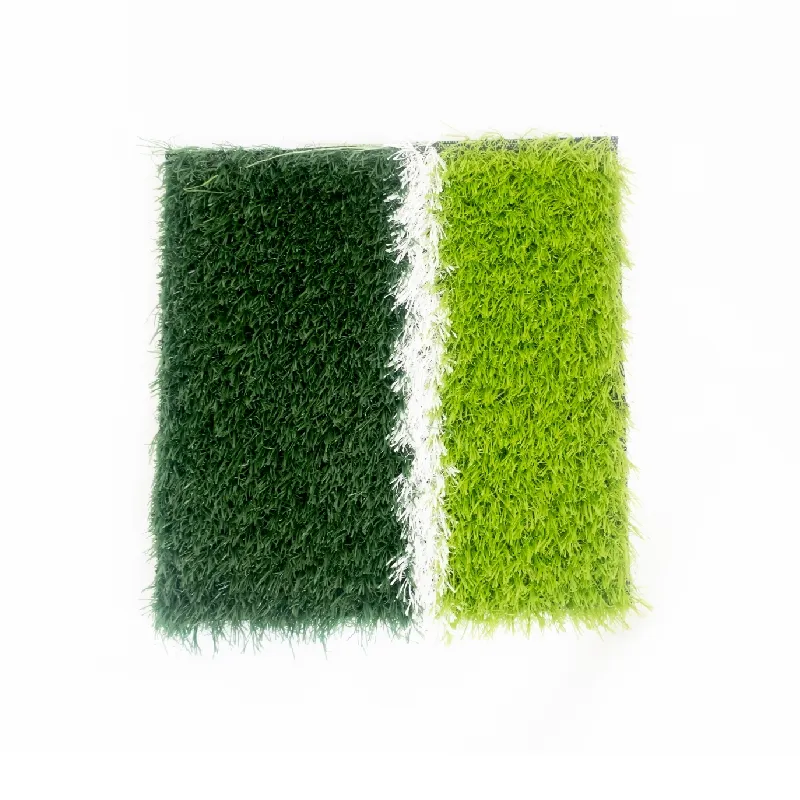
- Afrikaans
- Arabic
- Belarusian
- Bengali
- Czech
- Danish
- Dutch
- English
- Esperanto
- Estonian
- Finnish
- French
- German
- Greek
- Hindi
- Hungarian
- Icelandic
- Indonesian
- irish
- Italian
- Japanese
- kazakh
- Rwandese
- Korean
- Kyrgyz
- Lao
- Latin
- Latvian
- Malay
- Mongolian
- Myanmar
- Norwegian
- Persian
- Polish
- Portuguese
- Romanian
- Russian
- Serbian
- Spanish
- Swedish
- Tagalog
- Tajik
- Thai
- Turkish
- Turkmen
- Ukrainian
- Urdu
- Uighur
- Uzbek
- Vietnamese
smelly artificial grass
Dec . 02, 2024 04:40 Back to list
Smelly Artificial Grass An Unseen Concern in Modern Landscaping
In recent years, artificial grass has surged in popularity as an alternative to natural lawns. Homeowners, businesses, and municipalities alike have embraced its low maintenance requirements, consistent appearance, and durability. However, beneath the surface of this seemingly perfect solution lies a concern that is often overlooked—odors. The issue of smelly artificial grass presents an interesting paradox in our quest for convenience and beauty in landscaping.
Artificial grass, made from synthetic fibers, is designed to replicate the look and feel of natural grass. It is commonly used in backyards, sports fields, playgrounds, and commercial properties. While its advantages are undeniable, many users have reported unpleasant smells emanating from their synthetic lawns, particularly in hot weather. This odor is primarily due to the materials used in manufacturing the turf, which can off-gas volatile organic compounds (VOCs) and house bacteria that thrive in the synthetic environment.
One of the key contributors to the unpleasant smells associated with artificial grass is the presence of rubber infill, often made from recycled tires. While this material provides cushioning and helps the grass blades stand upright, it can also trap heat and moisture, creating a breeding ground for odor-causing bacteria and fungi. As temperatures rise, especially in summer months, these microorganisms can proliferate, resulting in a pungent smell that can be reminiscent of rotting organic matter.
Moreover, the infill can absorb pet waste and organic debris, leading to further odor issues. When dogs or other pets relieve themselves on artificial grass, the waste can seep into the infill materials, and if not cleaned up promptly, it can produce foul odors. Unlike natural grass, which can decompose waste and utilize it as a nutrient, artificial grass requires more vigilant cleaning practices. This maintenance challenge is often underestimated by those who opt for synthetic solutions.
smelly artificial grass

Another factor contributing to the odor is the potential release of VOCs during the manufacturing process. These compounds can emit a chemical smell, especially in new installations. While reputable manufacturers have made strides to reduce or eliminate harmful substances in their products, the issue is still present in some lower-quality turf options. New turf installations can smell for a few weeks and may require airing out to minimize unpleasant odors.
So, what can homeowners and businesses do to mitigate the problem of smelly artificial grass? Regular maintenance is crucial. This includes cleaning the surface and infill material to prevent the buildup of bacteria and waste. Rinsing the turf with water, using specialized cleaning agents, or applying enzyme-based solutions can help break down organic material and neutralize odors. Additionally, investing in high-quality artificial grass that utilizes advanced technology to minimize VOCs and odors can make a significant difference.
Selecting the right installation location also plays a vital role in odor management. Areas with poor drainage or excessive heat can exacerbate the issue. Ensuring proper drainage and ventilation can help keep the turf dry and reduce the likelihood of bacterial growth. Some homeowners may choose to install a base layer that promotes drainage and airflow, creating an environment less conducive to odors.
Despite the potential for smell, the advantages of artificial grass cannot be dismissed. It offers a water-saving alternative to traditional lawns, eliminates the need for fertilizers and pesticides, and provides an accessible, resilient surface for various activities. With careful consideration and proper maintenance, the unpleasant smells associated with artificial grass can be effectively managed, allowing users to enjoy the benefits without the downside.
In conclusion, while smelly artificial grass poses a legitimate concern for many users, it is not an insurmountable issue. Awareness of the causes and proactive maintenance can significantly mitigate odor problems, allowing homeowners and businesses to benefit from this innovative landscaping solution. As with any product, informed choices and responsible care can lead to a more pleasant experience with artificial grass, keeping our outdoor spaces both beautiful and odor-free.
-
The Benefits of Artificial Turf for Indoors
NewsJul.15,2025
-
How Artificial Grass Suppliers Ensure Quality Products
NewsJul.15,2025
-
Artificial Grass and Pets: A Space for Relaxation
NewsJul.08,2025
-
Balcony & Outdoor Decoration with Artificial Grass
NewsJul.08,2025
-
Best Indoor Artificial Grass for Home
NewsJul.07,2025
-
Best Pet Turf for Dogs: Safe & Durable Artificial Grass Options
NewsJul.07,2025
Products categories









